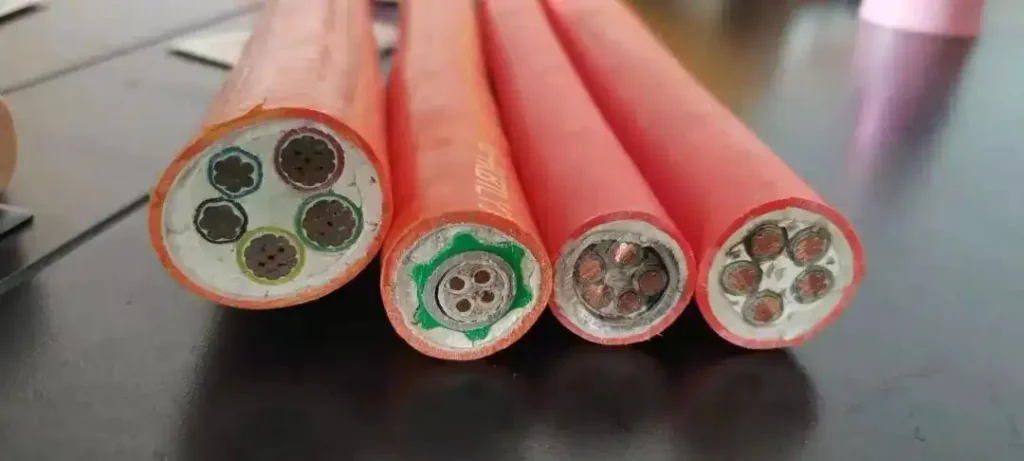Magnesium oxide is an inorganic substance that can be added to related products such as cables and insulating rubber sleeves. Magnesium oxide has low conductivity. If the product needs to transmit ultra-high voltage direct current, magnesium oxide is a wide bandgap insulating material. Dielectric and adsorption properties have received extensive attention in the application of the insulating properties of electrical materials. Magnesium oxide has low cost, excellent performance, and is used as a filler.

After scientific research, the microstructure of magnesium oxide shows that magnesium oxide molecules have a valence band full of electrons and a wide bandgap. At room temperature, it is difficult for the electrons at the top of the valence band of magnesium oxide to jump to the conduction band to become free electrons, so the conductivity is not strong. At 25 ℃, the volume resistivity of magnesium oxide is about 2.4×108 Ω·cm. At present, adding high-insulating fillers is the main means to improve the quality of electrical insulating materials in production.
Magnesium oxide powder was characterized by ICP, XRD, particle size distribution and volume resistivity. The results show that the insulating properties of magnesium oxide powder are not related to its crystal structure, but to its particle size distribution. The narrower the particle size distribution and the smaller the particle size, the better the insulation performance of the powder.
